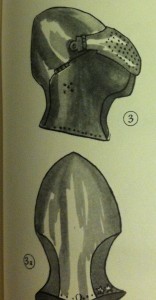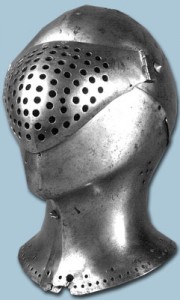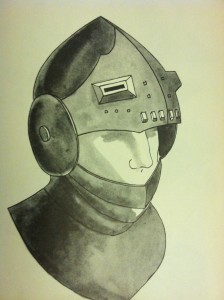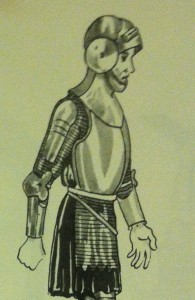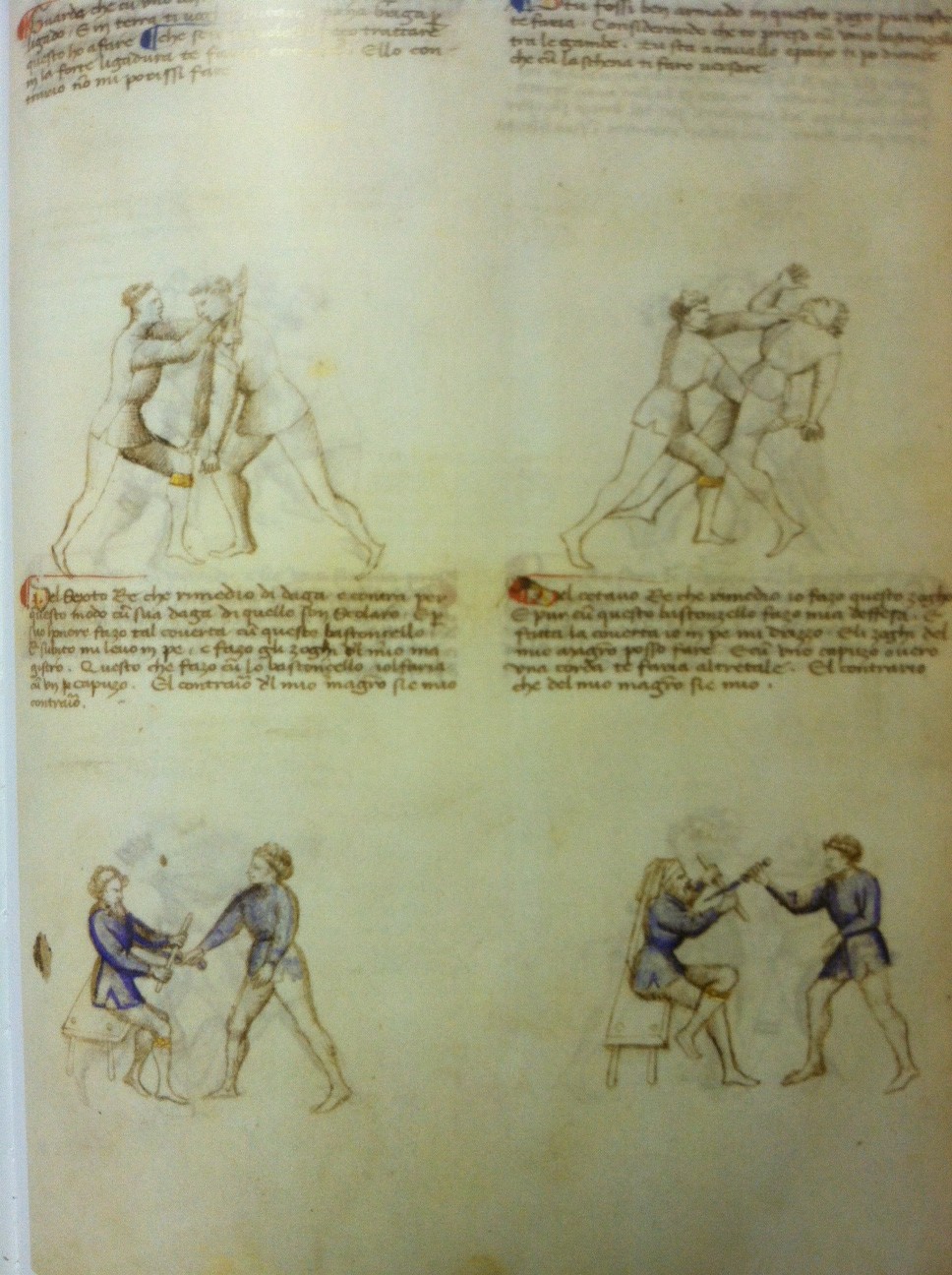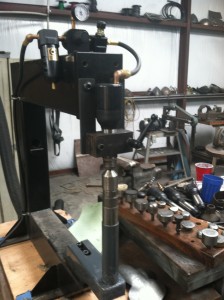We made it back from the Great Pennsic War at last. 2 weeks of camping can make a man long for the luxuries of home. Darkwood Armory did well. I had a chance to meet with a number of friends throughout the week, and to talk about many of the things that interest me the most, namely, martial arts, armor, and reenactment.
Overall the war was its typical self full of the best and the worst of the SCA. Actually that is not really fair, much of the worst cannot be blamed on the SCA anymore. Since the Pennsic War is open to anyone who pays their money, lots of people with no Idea what the SCA does are coming.
We have always had the Tuchux (folks who try to recreate Norman’s Gor series), and we have Markland (an east coast group that does medieval reenacment type stuff) and Acre (an SCA splinter group), But now we have pirates, Folks who don’t even have a clue what the SCA is or does. We even have an S&M group that sets up camp for a local Meet and Beat. I find it really a shame.
The SCA itself seems to be on a downturn as well. My friends from all over the US say that the SCA is only appealing to an older crowd, and participation is dwindling. Many longtime players are finding other things to do with their time. I am certainly finding things that interest me far outside the purviews of the SCA.
A friend of mine used a turn of phrase that I have stolen, he told me he was looking for a better medieval experience. He was looking towards some WMA groups and wasn’t getting any help. He is a longtime player and a peer but isn’t enjoying the local group. He, like myself, wants to do more and keeps getting resistance. So here I come with an Idea. At home I can no longer start a sentence with the phase “I ‘ve been thinking” as it causes people to run, but …….
What if there was an event, a narrow focus event, covering only 100 years? What if, in order to participate, you had to wear period correct clothes and shoes? What if horses were a part of the event like they were a part of medieval life? What if, we did our fighting with steel or tourney clubs, on horseback and foot?
Would you come? if so how many people would you tell and expect to come with you? Those I asked typically said they would, and said that they knew people who would also come. So now I am on a quest to see if it can really be done. I am starting to build a new website just for it and maybe, just maybe, we can replace a war with sticks and pirates with a Passage at Arms that will rekindle the spirit of the middle ages.

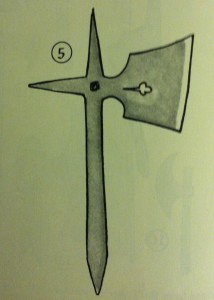
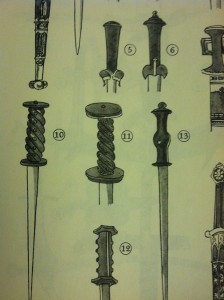
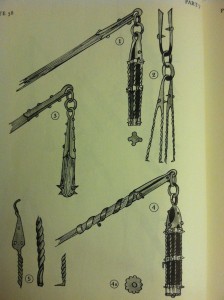
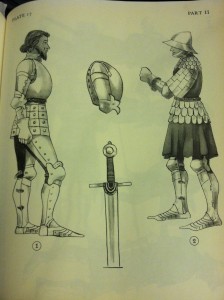
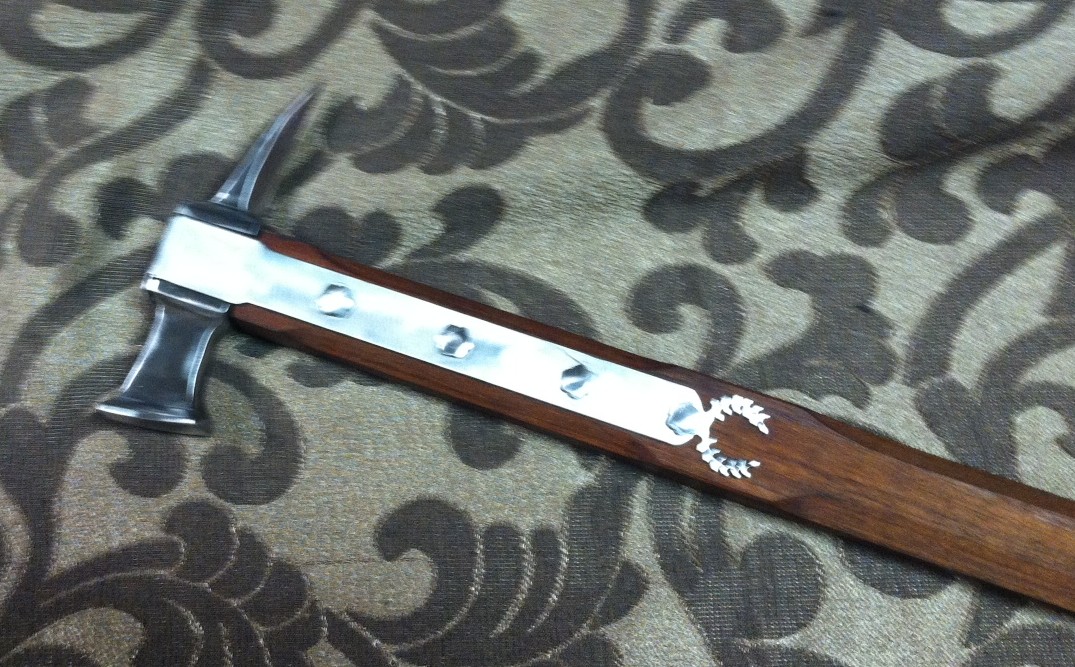
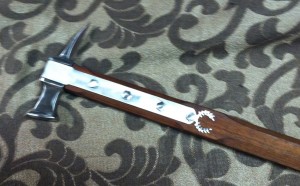
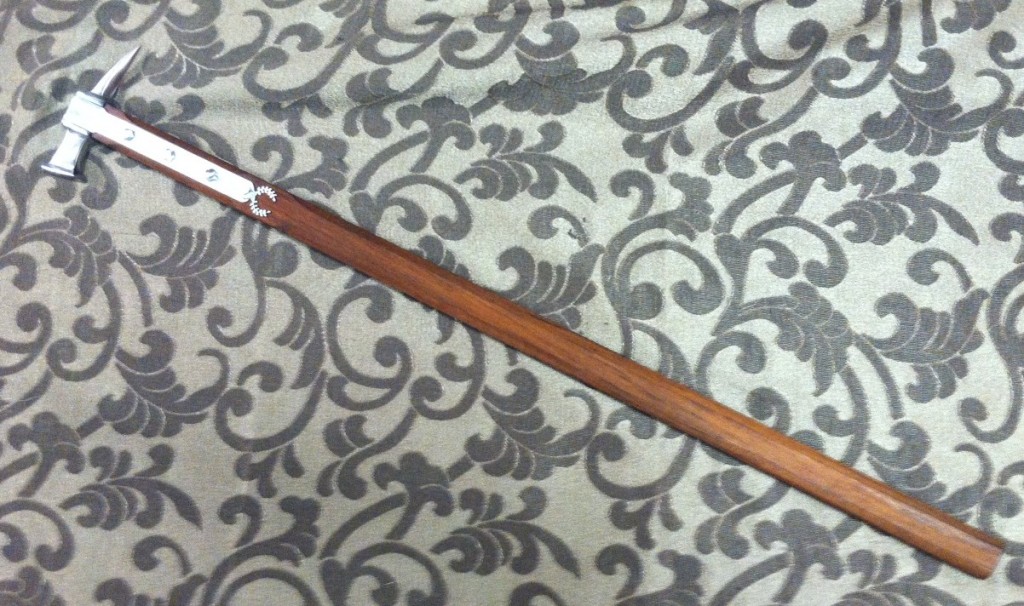
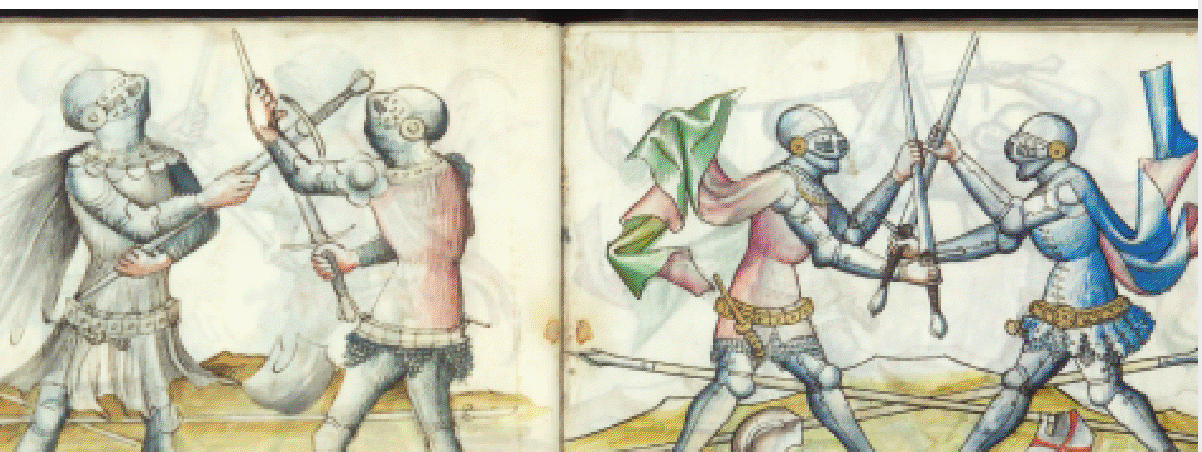
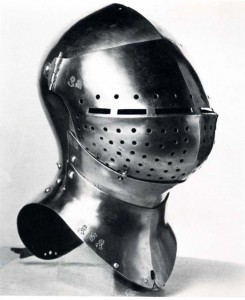 A great Bascinet? This one is from about 1440. it has a good foot combat visor on it. It even has a catch.
A great Bascinet? This one is from about 1440. it has a good foot combat visor on it. It even has a catch.